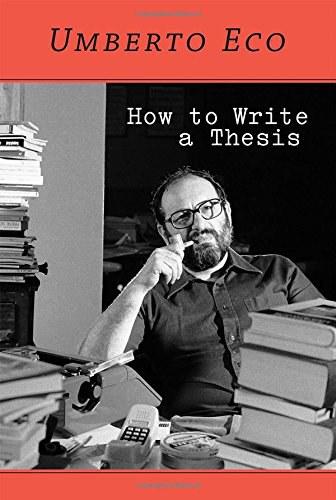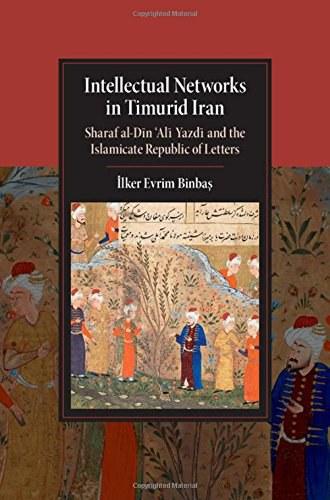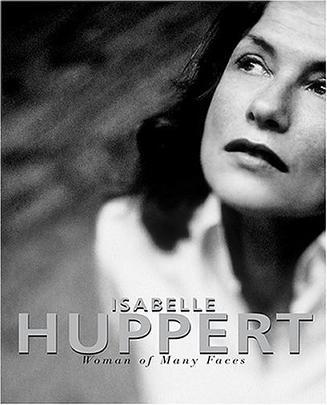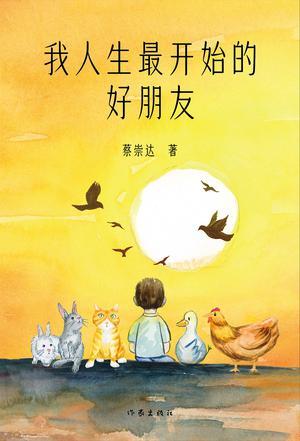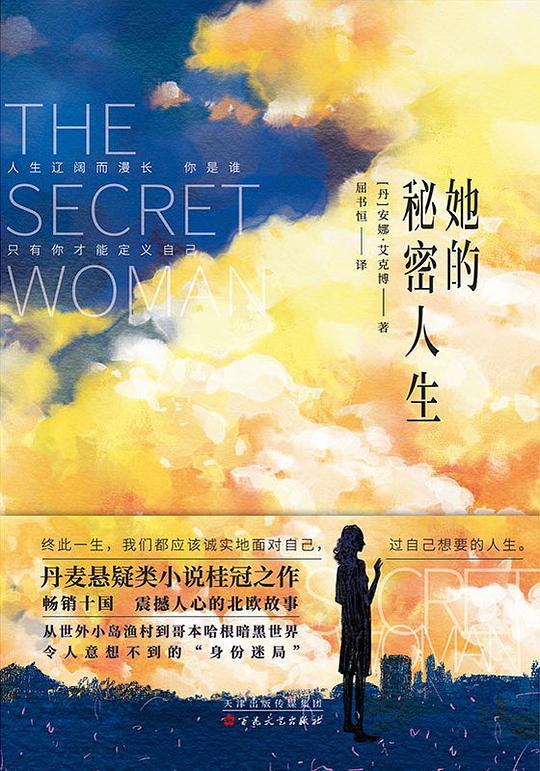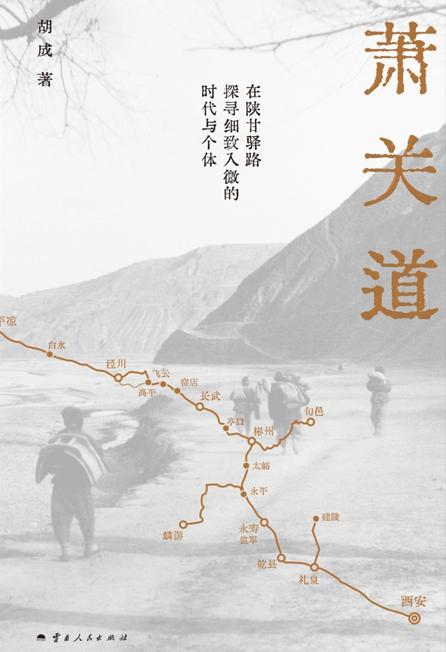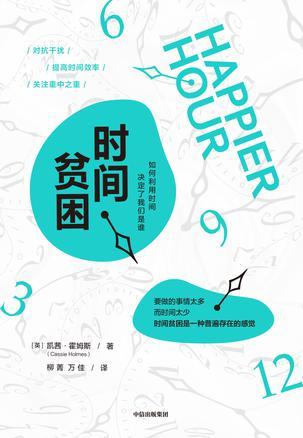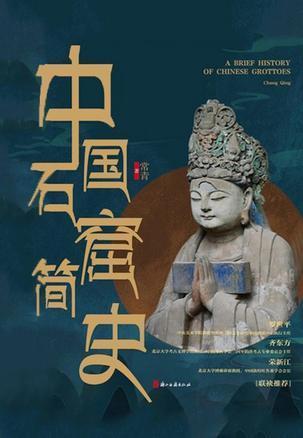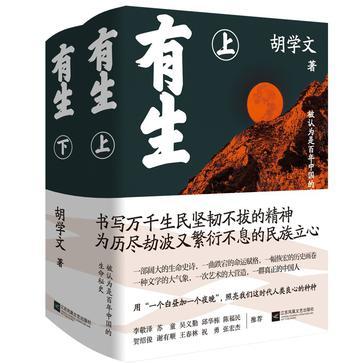内容简介
安伯托·艾柯(Umberto Eco,1932-2016),男,是一位享誉世界的哲学家、符号学家、历史学家、文学批评家和小说家。《剑桥意大利文学史》将安伯托·艾柯(Umberto Eco,1932-)誉为20世纪后半期最耀眼的意大利作家,并盛赞他那“贯穿于职业生涯的‘调停者’和‘综合者’意识”。艾柯的世界辽阔而多重,除了随笔、杂文和小说,还有大量论文、论著和编著,研究者将其粗略分为8大类52种,包含中世纪神学研究、美学研究、文学研究、大众文化研究、符号学研究和阐释学研究等。2016年2月19日,安伯托·艾柯在米兰家中去世,享年84岁。
内容简介
By the time Umberto Eco published his best-selling novel The Name of the Rose, he was one of Italy’s most celebrated intellectuals, a distinguished academic, and the author of influential works on semiotics. Some years before that, Eco published a little book for his students, in which he offered useful advice on all the steps involved in researching and writing a thesis. Since then, it has been translated into 17 languages—and is now for the first time presented in English.<br /><br />Eco’s approach is anything but dry and academic. He not only offers practical advice but also considers larger questions about the value of the thesis-writing exercise in six different parts:<br /><br />• The Definition and Purpose of a Thesis<br />• Choosing the Topic<br />• Conducting the Research<br />• The Work Plan and the Index Cards<br />• Writing the Thesis<br />• The Final Draft<br /><br />Eco advises students how to avoid “thesis neurosis” and he answers the important question “Must You Read Books?” He reminds students “You are not Proust” and “Write everything that comes into your head, but only in the first draft.” Of course, there was no Internet in 1977, but Eco’s index card research system offers important lessons about critical thinking and information curating for students of today who may be burdened by Big Data.<br />Irreverent and often hilarious, How to Write a Thesis is unlike any other writing manual and belongs on the bookshelves of students, teachers, writers, and Eco fans everywhere.
大家都喜欢
-
蔡崇达
-
文聘元
-
莫言
-
蔡崇达
-
[丹]安娜·艾克博
-
胡成
-
凯瑟琳·麦考利夫
-
凯茜·霍姆斯
-
常青
-
胡学文

